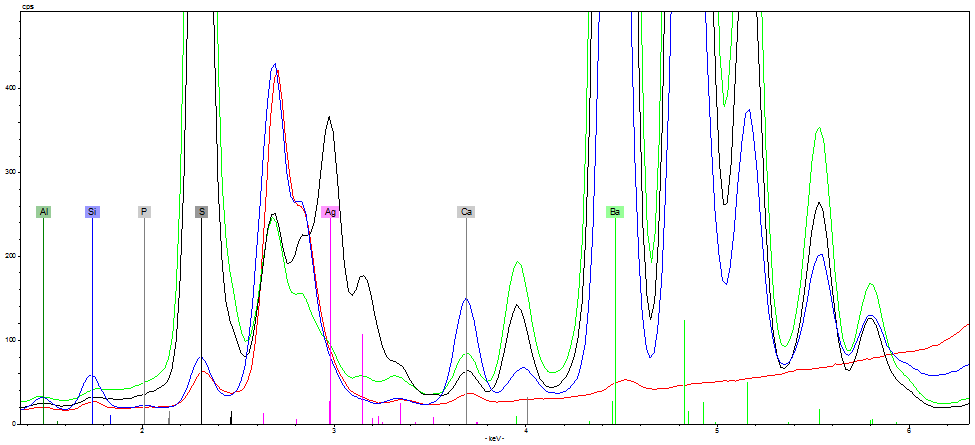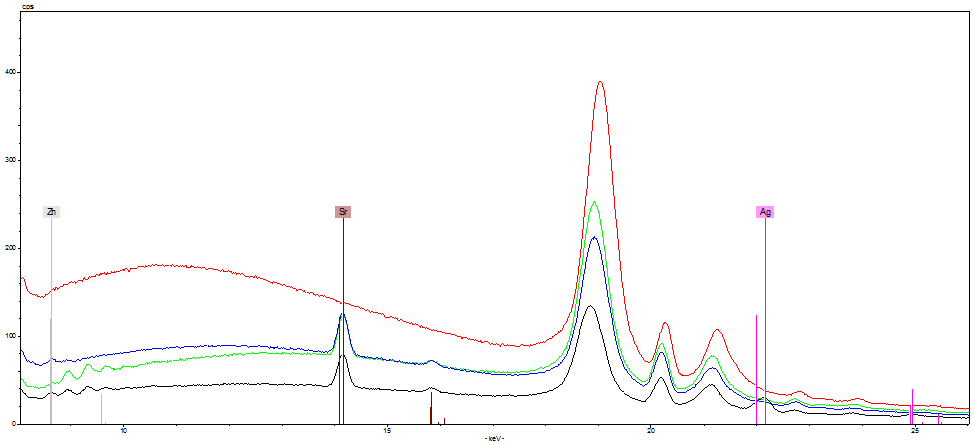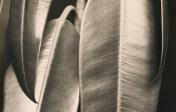Front / Recto
- Title Nose (Nase)
- Negative Date 1929
- Print Date 1929–33
- Medium Gelatin silver print
- Dimensions Image 9 3/8 x 6 15/16" (23.8 x 17.7 cm)
- Place Taken Gera
- Credit Line Thomas Walther Collection. Gift of Mrs. Flora S. Straus, by exchange
- MoMA Accession Number 1618.2001
-
Description
This print is one of three close-up studies (including MoMA 1619.2001 and 1620.2001) made from a 1929 negative picturing a lawyer named Bolle. The three images were probably intended for publication: they are all printed on the same 18 by 24 centimeter (7 1/8 by 9 7/16 inch) glossy paper and feature minor corrective Retouching to the image surface and publisher edition stamps on their versos. Inscriptions include “1929” in graphite, and they are each stamped “6. DEC.1933.” Fiber analysis confirms that these could be the negative and print dates.
Born and married into wealth, Biermann could afford to buy whatever photographic equipment she wanted for her own studio and darkroom, and she owned cameras in a number of formats. She purchased high-quality equipment, including Voigtländer and Zeiss lenses, a Vakublitz flash, and her beloved Hauff-Leonar papers for printing. By 1929 she was working on formats up to 18 by 24 centimeters, with exhibition prints enlarged up to 50 by 60 centimeters (19 11/16 by 23 5/8 inches).
—Hanako Murata
Back / Verso
- Mount Type No mount
- Marks and Inscriptions Inscribed in pencil on sheet verso, top: Nase. Stamped in black ink on sheet verso, top: Linden-Verlag/München. Stamped in black ink on sheet verso, center: aenne biermann, gera, d.w.b./nr. [inscribed in pencil on number line inside artist's stamp: 1929e]. Stamped in black ink on sheet verso, right: Edition "Tilleul"/Paris. Stamped in black ink on sheet verso, right: 6. DEC. 1933. Inscribed in pencil on sheet verso, center: 1929/e.
-
Provenance
The artist, Gera, Germany. Willem Diepraam, Amsterdam; sold through Sotheby's New York (sale 6599, lot 268) to Thomas Walther, October 6, 1994 [1]; purchased by The Museum of Modern Art, New York, 2001.
[1] Sotheby’s invoice no. 6599 125, October 5, 1994.
Surface
- Surface Sheen Glossy
- Techniques Retouching (additive) Enlargement Ferrotyping Retouching in negative
- PTM
-
Micro-raking
Raking-light close-up image, as shot. Area of detail is 6.7 x 6.7 mm. Department of Conservation, MoMARaking-light close-up image, processed. Processing included removal of color, equalization of the histogram, and sharpening, all designed to enhance visual comparison. Department of Conservation, MoMA
Paper Material
- Format Metric
- Weight Double weight
- Thickness (mm) 0.28
- UV Fluorescence Recto negative Verso negative
- Fiber Analysis No fiber data available
- Material Techniques Developing-out paper
-
XRF
This work was determined to be a gelatin silver print via X-ray fluorescence (XRF) spectrometry.
The following elements have been positively identified in the work, through XRF readings taken from its recto and verso (or from the mount, where the verso was not accessible):
- Recto: S, Ca, Zn, Sr, Ag, Ba
- Verso: Al, Si, P, S, Ca, Zn, Sr, Ba
The graphs below show XRF spectra for three areas on the print: two of the recto—from areas of maximum and minimum image density (Dmax and Dmin)—and one of the verso or mount. The background spectrum represents the contribution of the XRF instrument itself. The first graph shows elements identified through the presence of their characteristic peaks in the lower energy range (0 to 8 keV). The second graph shows elements identified through the presence of their characteristic peaks in the higher energy range (8 to 40 keV).
Areas examined: Recto (Dmax: black; Dmin: green), Verso or Mount (blue), Background (red)
Elements identified: Al, Si, P, S, Ca, Ag, Ba
In Context
Related People
-
Artist









